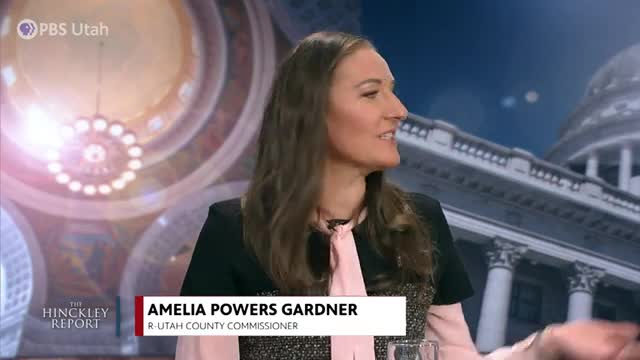Utah considers major shift in election oversight
This article was created by AI summarizing key points discussed. AI makes mistakes, so for full details and context, please refer to the video of the full meeting. Please report any errors so we can fix them. Report an error »

In a recent government meeting, discussions centered around potential changes to Utah's election oversight, with a proposal to shift election responsibilities from the lieutenant governor's office to a newly established independent election board. This proposal, supported by Speaker Mike Schultz, aims to enhance transparency and public confidence in the electoral process, particularly in light of concerns about perceived collusion and coercion.
Currently, Utah is one of only two states where the lieutenant governor oversees elections. The proposed legislation would create a board consisting of up to seven members to oversee election processes, a move that some legislators believe could alleviate concerns about the integrity of elections. However, some officials, including election commissioners, argue that the current system is secure and that the lieutenant governor's office does not directly count ballots but ensures compliance with election laws through county clerks.
The meeting also touched on broader electoral issues, including the caucus and convention systems, with indications that additional legislation may be forthcoming to address these processes. The discussions highlighted a growing interest in reforming election oversight in Utah, reflecting a national trend toward increasing transparency and public trust in electoral systems.
As the legislative session progresses, stakeholders anticipate a range of election-related bills that could reshape how elections are conducted in the state, emphasizing the importance of public confidence in the electoral process.
Currently, Utah is one of only two states where the lieutenant governor oversees elections. The proposed legislation would create a board consisting of up to seven members to oversee election processes, a move that some legislators believe could alleviate concerns about the integrity of elections. However, some officials, including election commissioners, argue that the current system is secure and that the lieutenant governor's office does not directly count ballots but ensures compliance with election laws through county clerks.
The meeting also touched on broader electoral issues, including the caucus and convention systems, with indications that additional legislation may be forthcoming to address these processes. The discussions highlighted a growing interest in reforming election oversight in Utah, reflecting a national trend toward increasing transparency and public trust in electoral systems.
As the legislative session progresses, stakeholders anticipate a range of election-related bills that could reshape how elections are conducted in the state, emphasizing the importance of public confidence in the electoral process.
View full meeting
This article is based on a recent meeting—watch the full video and explore the complete transcript for deeper insights into the discussion.
View full meeting